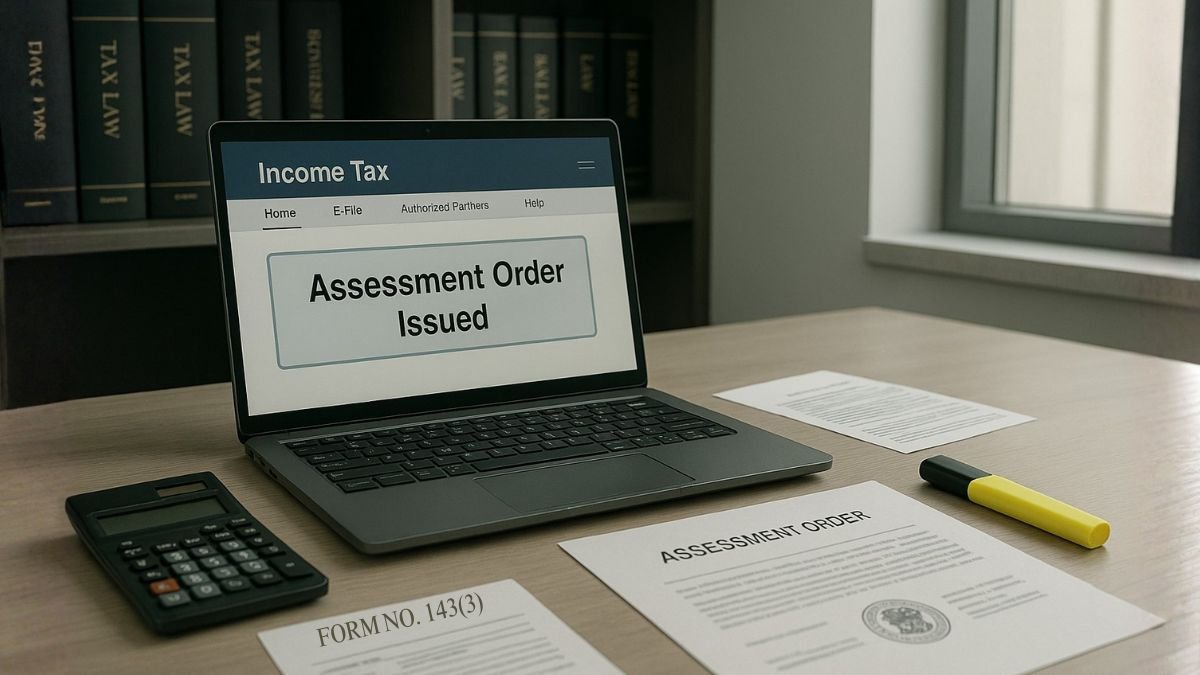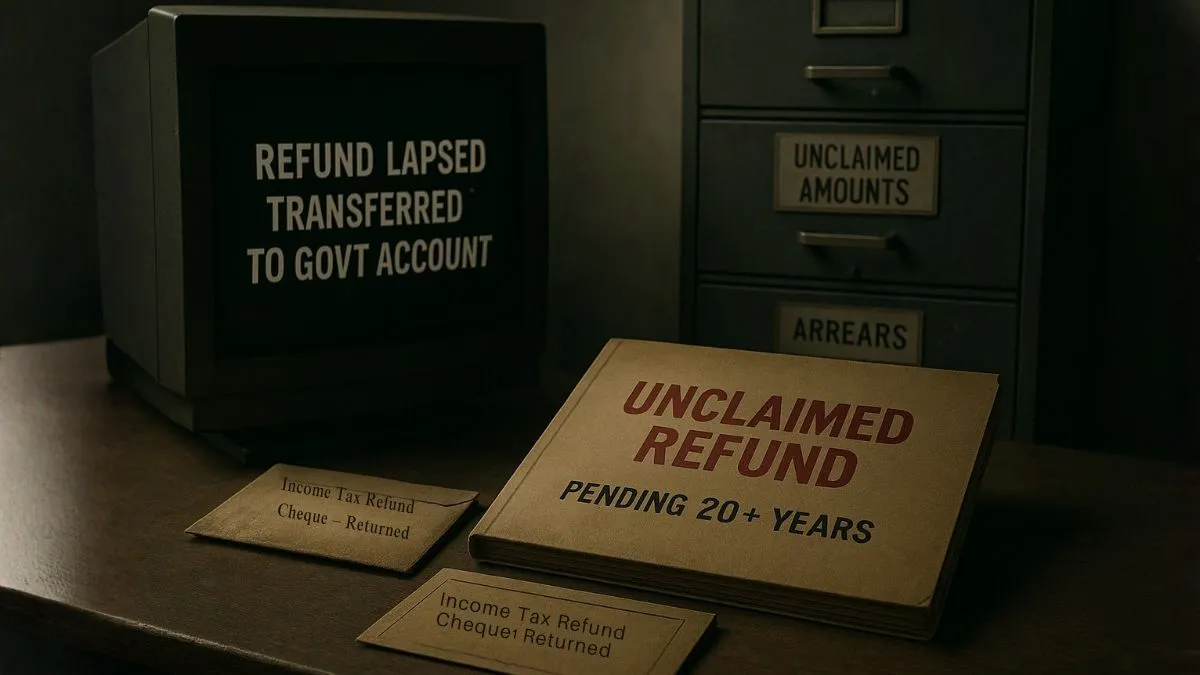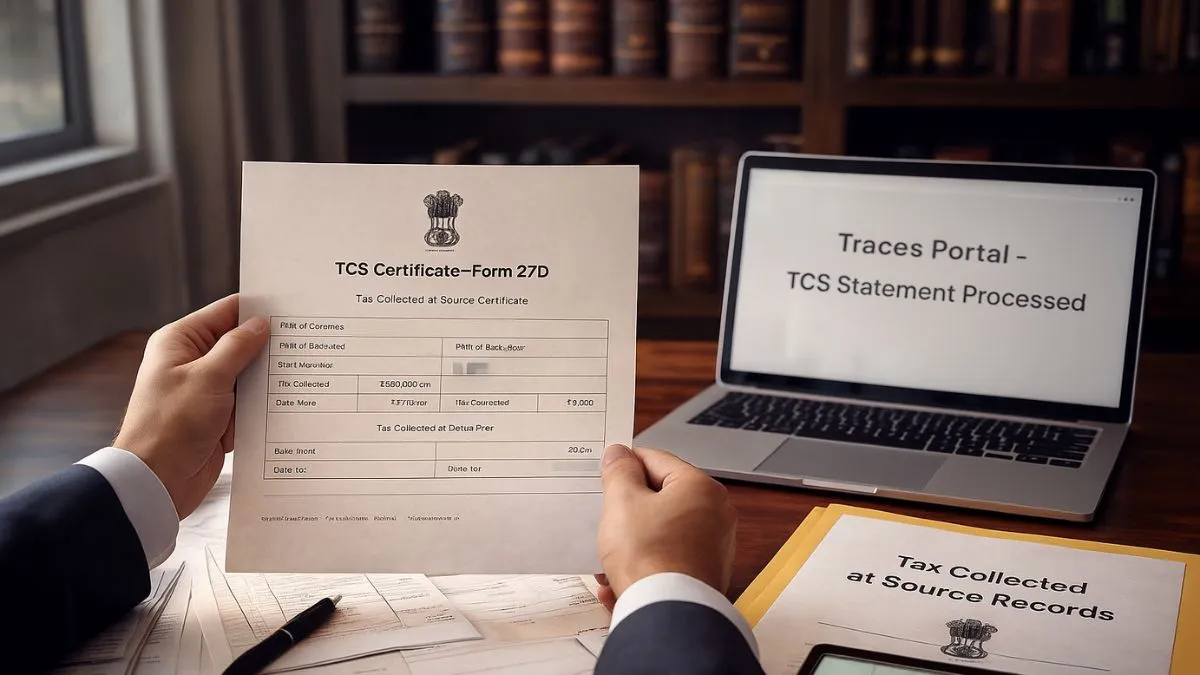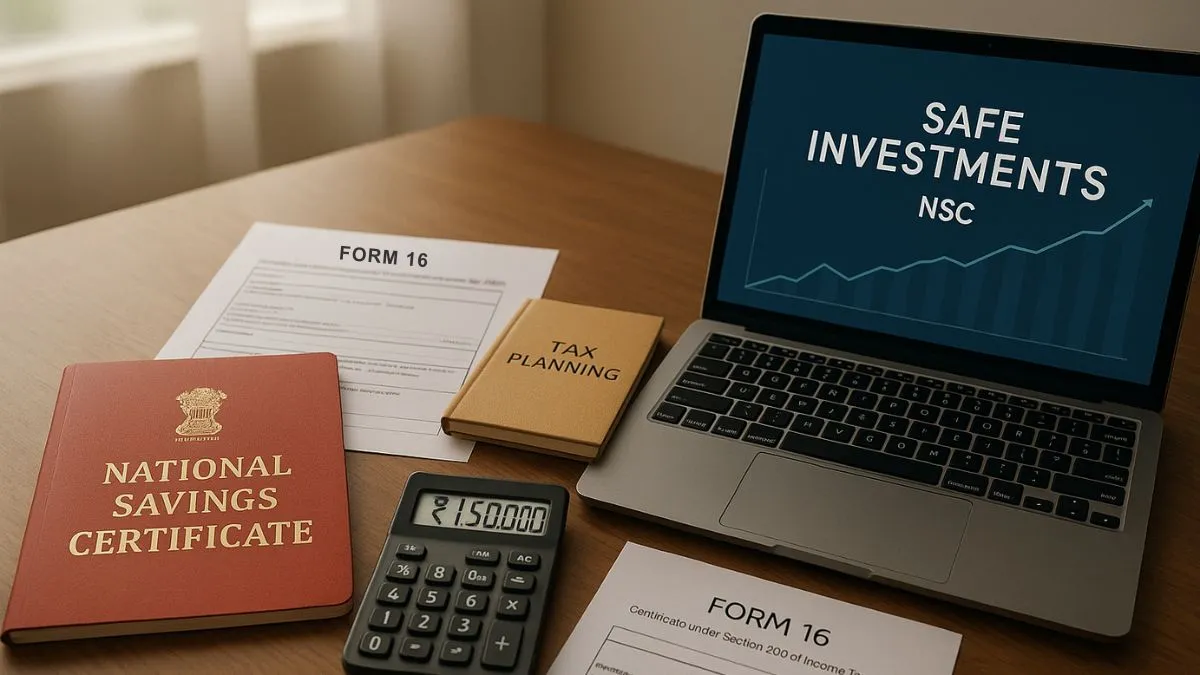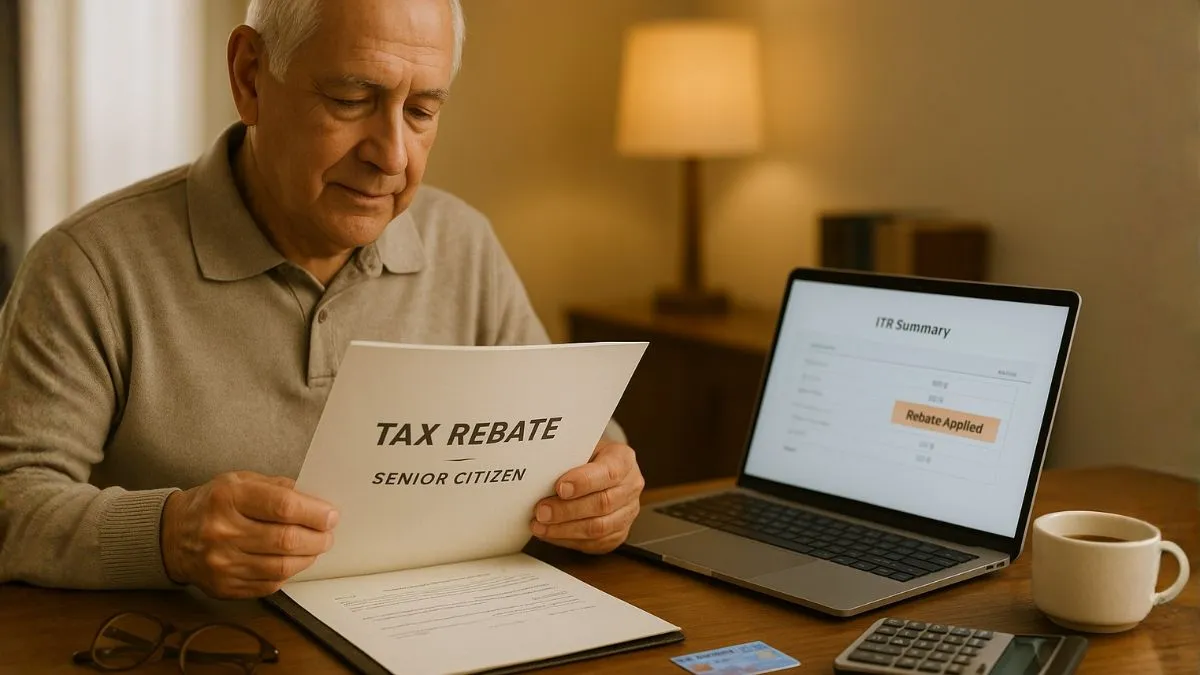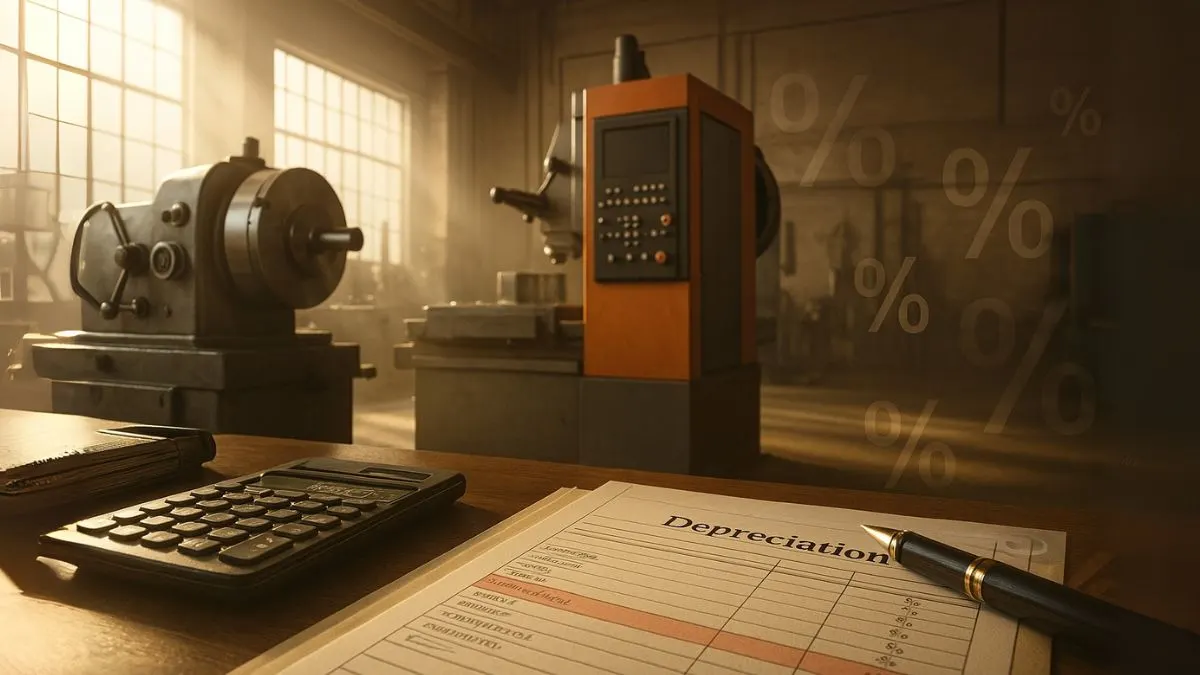
When a business invests in new machinery or plant, it gets the benefit of depreciation—a tax deduction for the asset’s wear and tear. But in certain cases, the law offers even more—a special deduction called Additional Depreciation under Income Tax Act.
This provision, covered under Section 32(1)(iia) of the Income Tax Act, is designed to encourage industrial growth and modernization. It allows eligible businesses to claim an extra percentage of depreciation in addition to the normal depreciation rates. This incentive helps businesses recover the cost of their new investments faster, improving cash flow and making reinvestment easier.
However, there are rules and limitations. For example, additional depreciation is not allowed for any office appliances or furniture. This benefit is meant primarily for plant and machinery used in manufacturing or production, not for administrative assets.
What is Additional Depreciation Under Section 32(1)(iia)?
In simple terms, additional depreciation is an extra deduction available to businesses that purchase and install new plant or machinery. On top of the normal depreciation (as per Section 32(1)(ii)), a further deduction—usually 20% of the actual cost—can be claimed in the year the asset is first put to use.
This is especially beneficial for manufacturing companies that continuously invest in upgrading their production facilities. The idea is to promote industrial expansion by reducing the tax burden in the initial years of capital investment.
Eligibility Criteria for Additional Depreciation
Not every business can claim additional depreciation. To qualify under Section 32(1)(iia):
- The taxpayer must be engaged in manufacturing or production of goods or articles.
- The asset must be new plant or machinery—second-hand assets are not eligible.
- The asset should be acquired and installed after 31st March 2005.
- The benefit is available only in the year the asset is first put to use.
- The asset must be used for business purposes.
Remember: Additional depreciation is not allowed for any office appliances like computers for administrative work, office furniture, or fixtures. It’s strictly for machinery that directly contributes to manufacturing or production.
Assets Not Eligible for Additional Depreciation
The law is very clear about certain exclusions. Additional depreciation is not allowed for:
- Office appliances
- Furniture and fittings
- Road transport vehicles
- Plant and machinery installed in office premises or residential accommodation
- Assets used outside India
This ensures that the benefit is targeted towards productive assets that contribute to the manufacturing sector.
Also Read: Understanding Section 32 of the Income Tax Act, 1961: A Guide to Depreciation for Businesses
Quantum of Additional Depreciation
The standard rate is 20% of the actual cost of the eligible new plant or machinery. However:
- If the asset is used for less than 180 days in the year of purchase, only 50% of the additional depreciation (i.e., 10%) can be claimed in that year. The balance 10% can be claimed in the following year.
- The calculation is always on the actual cost of the asset before deducting any CENVAT credit or GST input credit.
Example of Additional Depreciation Calculation
Let’s say a manufacturing company buys new machinery worth ₹50,00,000 & installs it in July.
- Normal depreciation @15% = ₹7,50,000
- Additional depreciation @20% = ₹10,00,000
Total depreciation in the first year = ₹17,50,000.
This significantly reduces taxable income and frees up cash for further investments.
If the machinery was installed in December (less than 180 days use), additional depreciation allowed in Year 1 would be ₹5,00,000 (10%), with the remaining ₹5,00,000 claimed in Year 2."
Special Provisions for Power Sector and Certain Businesses
Section 32(1)(iia) also covers certain power generation and distribution companies, allowing them to claim additional depreciation on eligible assets. This extension reflects the government’s intent to encourage investment not just in manufacturing, but also in critical infrastructure sectors.
Interaction with Other Provisions
- If an asset qualifies for both additional depreciation & other incentives like Section 35AD (capital expenditure on certain specified businesses), businesses must evaluate which provision offers the best tax benefit.
- Additional depreciation is claimed in addition to normal depreciation, but it cannot exceed the actual cost of the asset over its lifetime.
Also Read: A Hidden Gem for Manufacturers & Industrial Growth
Why This Provision Matters for Businesses
- Faster Cost Recovery – Accelerates the tax deduction for large capital outlays.
- Boosts Investment – Encourages companies to modernize and expand capacity.
- Cash Flow Advantage – Reduces tax in the initial years, freeing funds for reinvestment.
- Competitive Edge – Helps businesses adopt new technology faster.
Compliance and Documentation Requirements
To claim additional depreciation under Income Tax Act, businesses must:
- Maintain proper purchase invoices for new machinery.
- Ensure installation & usage within the same year.
- Keep proof that the asset is used for manufacturing or production.
- Clearly classify assets in depreciation schedules to avoid disputes.
Failing to maintain records can lead to disallowance during tax assessments."
Recent Judicial Rulings and Clarifications
Courts have consistently upheld the principle that additional depreciation is not allowed for any office appliances or non-manufacturing assets. However, in cases where machinery has a dual use (administrative production), the primary purpose is considered.
CBDT has also clarified that even if manufacturing is partially outsourced, businesses directly engaged in production can claim the benefit.
Also Read: 100% Deduction on Capital Expenditure for Specified Businesses
Final Thoughts
Section 32(1)(iia) of Income Tax Act is a powerful tax incentive for businesses investing in new production equipment. It directly rewards modernization & expansion efforts while ensuring the benefit is focused on genuine manufacturing activities.
If you’re planning capital investments, structuring them to maximize this provision can lead to significant tax savings.
"Planning to buy new machinery? Let our experts at Callmyca.com help you claim every rupee of additional depreciation you’re entitled to—before the taxman does!"

